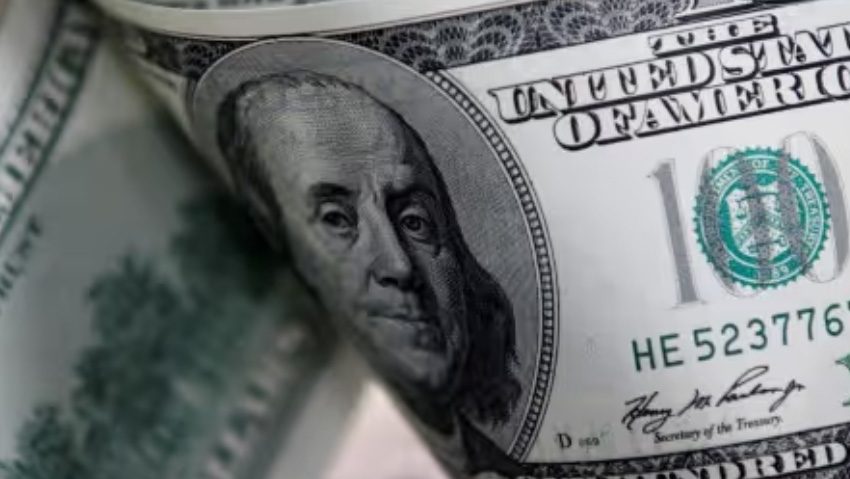NEW YORK, Aug 15 (Reuters) — The dollar slipped on Friday as a data-heavy week wound down, keeping the case for a September Federal Reserve interest rate cut intact, while traders awaited talks in Alaska between US President Donald Trump and Russian leader Vladimir Putin regarding Ukraine.
The dollar, which had jumped on Thursday as data showed US producer prices increased more than expected in July, gave up most of those gains on Friday, and was set to finish the week 0.4 percent lower against a basket of currencies.
“The PPI figure yesterday was a shock, but there is still little concrete evidence for a tariff-driven spike in inflation,” Kyle Chapman, forex markets analyst at Ballinger & Co in London, said.
“With markets staying firm on their bets for a September cut and the focus now shifting to Alaska, the dollar is handing back its gains this morning,” Chapman added.
Money markets reflect a 93 percent chance of a 25-basis-point Fed rate cut in September, according to CME FedWatch.
A Fed interest rate cut in September, the first this year, followed perhaps by another before year-end, remains the base forecast for most economists polled by Reuters amid rising concerns about the health of the world’s biggest economy.
Chicago Federal Reserve Bank President Austan Goolsbee on Friday said the latest reports this week showing a rise in services inflation are a source of “unease” given what he sees as the stagflationary impulse from tariffs on the economy.
On Friday, investors were also watching to see if the Trump-Putin summit made any progress towards a ceasefire in Ukraine.
“While anything could happen at the meeting between Trump and Putin, I think expectations are low for progress towards a lasting ceasefire and that tilts the risks towards a softer dollar if the market is pleasantly surprised,” Ballinger’s Chapman said.
Most analysts expect Europe’s single currency to benefit from any ceasefire deal in Ukraine. The euro was 0.5 percent higher at $1.1702 versus the dollar.
The dollar found little support on Friday from data that showed US import prices rebounded in July, boosted by higher costs for consumer goods.
Separately, US retail sales increased solidly in July, boosted by strong demand for motor vehicles as well as promotions by Amazon and Walmart.
Markets also await next week’s Jackson Hole symposium for clues on the Fed’s next move. Signs of weakness in the US labour market combined with any inflation from trade tariffs could present a dilemma for the Fed’s rate cut trajectory.




